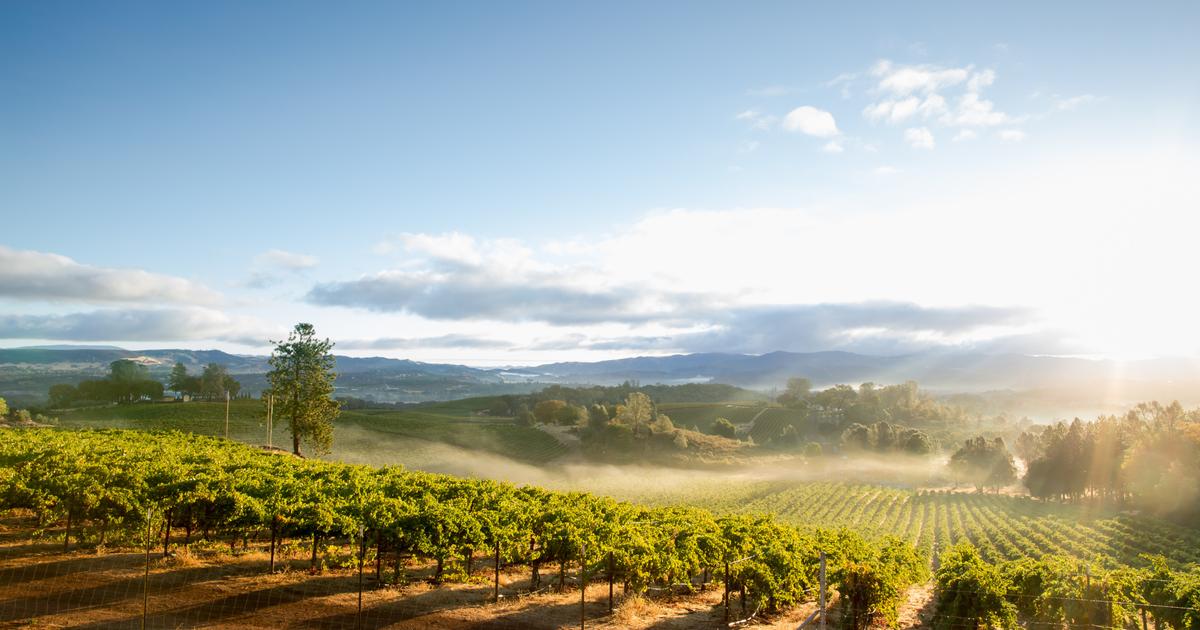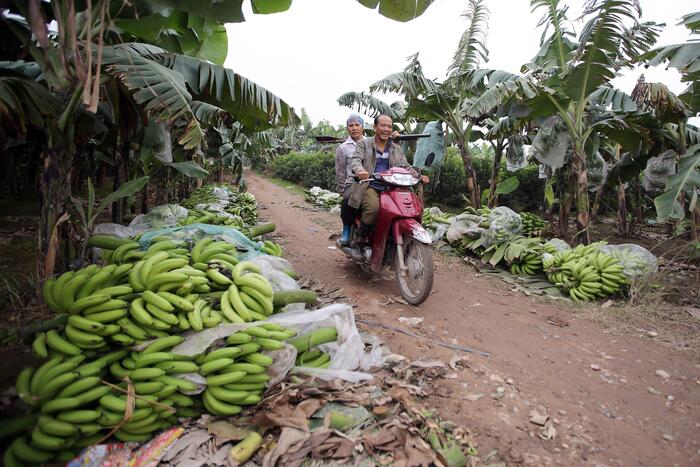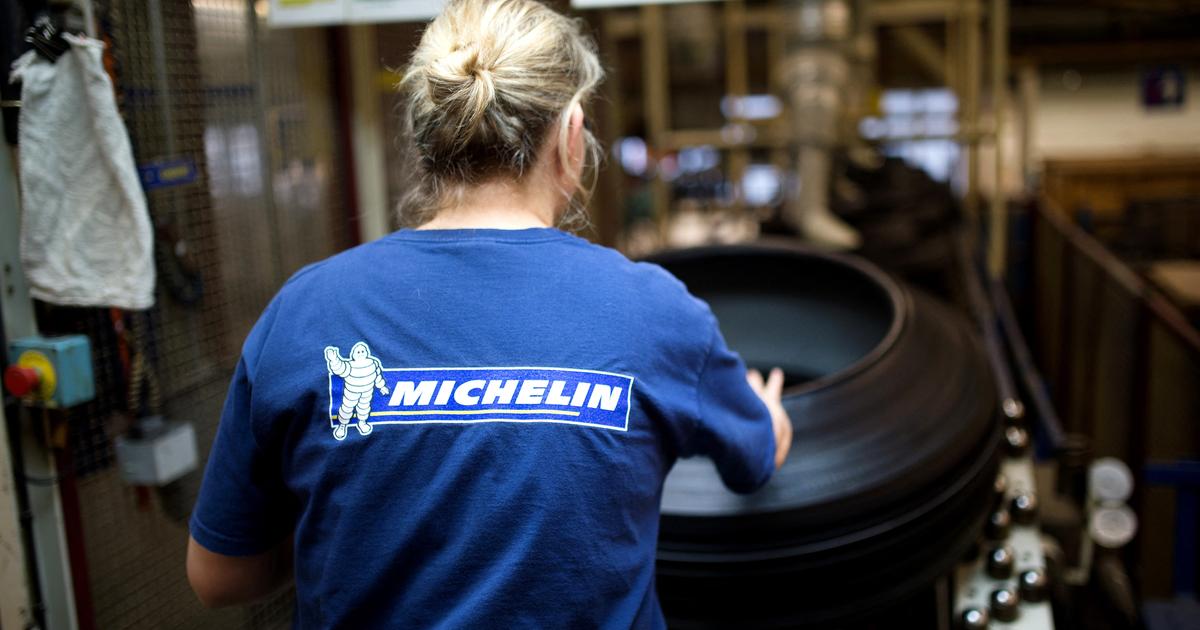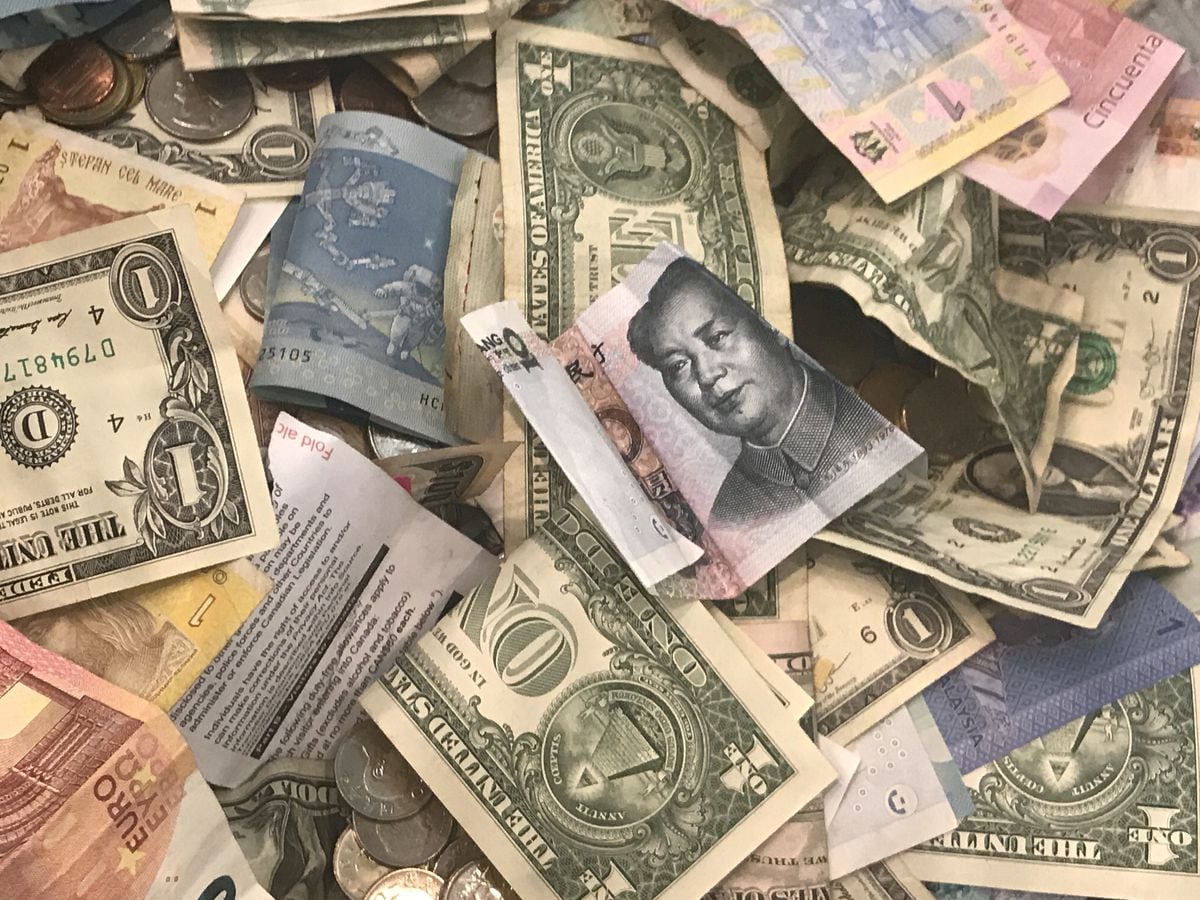Icon: enlarge
Harvesters drive over a soybean field in Morroa Azul, Brazil.
Soy is mainly grown on cleared rainforest areas.
Photo: Roberto Pera / dpa
The global soybean acreage has increased by more than a third in the past 15 years.
In contrast, Germany's soy imports are declining overall - while the area on which soy grows in this country has more than doubled since 2016.
This emerges from a response by the federal government to a request from the Greens in the Bundestag.
Soy cultivation and import, for example for animal feed or bio-fuel, is particularly controversial from an environmental point of view because, for example, forests are being cleared in the Amazon region in Brazil.
In 2004, soy was grown on 91.6 million hectares worldwide.
In 2018 it was 124.9 million hectares - an increase of around 36 percent.
By way of comparison: Germany is around 35.7 million hectares in size, so soy is grown on an area around the world that is around three and a half times the size of Germany.
Production is growing much faster than the area, for example through more intensive cultivation.
Global imports of soybeans roughly doubled from an average of 69.2 million tons in 2005 to 2007 to 144.8 million tons in 2016 to 2019.
"Especially in the emerging countries, meat consumption also increased significantly with rising incomes," wrote the Federal Ministry of Agriculture in explanation, citing China as an example.
Germany imports less soy
According to preliminary data, Germany's imports of soybeans fell slightly from around 3.9 million tons in 2005 to around 2.7 million tons in 2019.
The import of oil cake and meal made from soy, which according to the ministry are completely used as animal feed, also fell from around 3 million tons to 2.4 million in the same period.
From the perspective of the Greens, that's not enough.
"The forests of the world are burning and are being cut down. The worldwide cultivation area for soy has never been so large," said Steffi Lemke, the nature conservation spokeswoman for the Greens in the Bundestag, the dpa.
"Part of the responsibility is the cultivation of soy, which is imported into Germany. Rainforest ends up in animal feed and in the tank."
The federal government's forest policy has so far "not gone beyond voluntary commitments".
For the around 3.9 million tons of soy that were imported into Germany for animal feed in the 2018/19 marketing year, an area of 1.4 million hectares would be required, the ministry wrote, assuming a global average yield of 2.8 tons per hectare as a basis.
The cultivation of soy in Germany has only been statistically recorded separately since 2016 - since then the area has more than doubled.
It grew from around 16,000 hectares in 2016 to around 33,000 in 2020. By way of comparison: winter wheat, the most important type of grain, was recently grown on around 2.8 million hectares in Germany.
Icon: The mirror
caw / dpa






/cloudfront-eu-central-1.images.arcpublishing.com/prisa/VU7S6EWZZVMMDGHINQUMAFJHCE.jpg)








